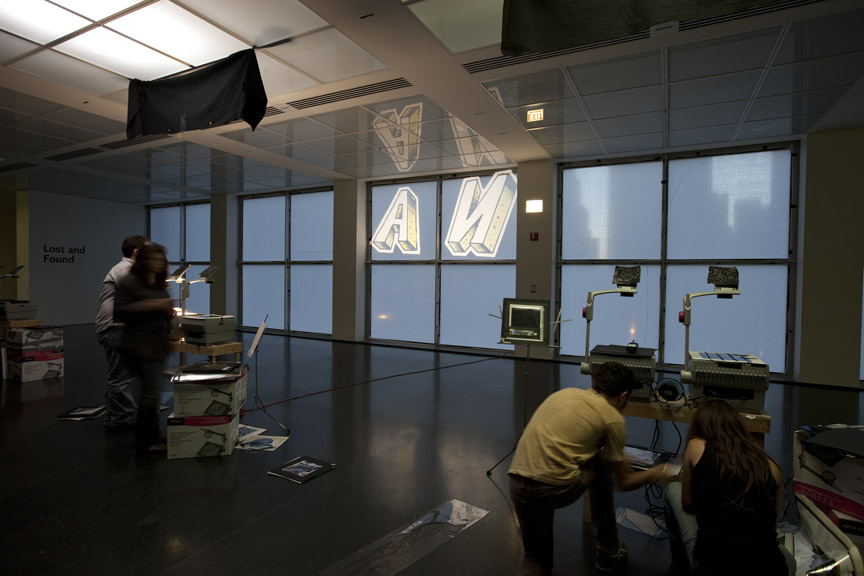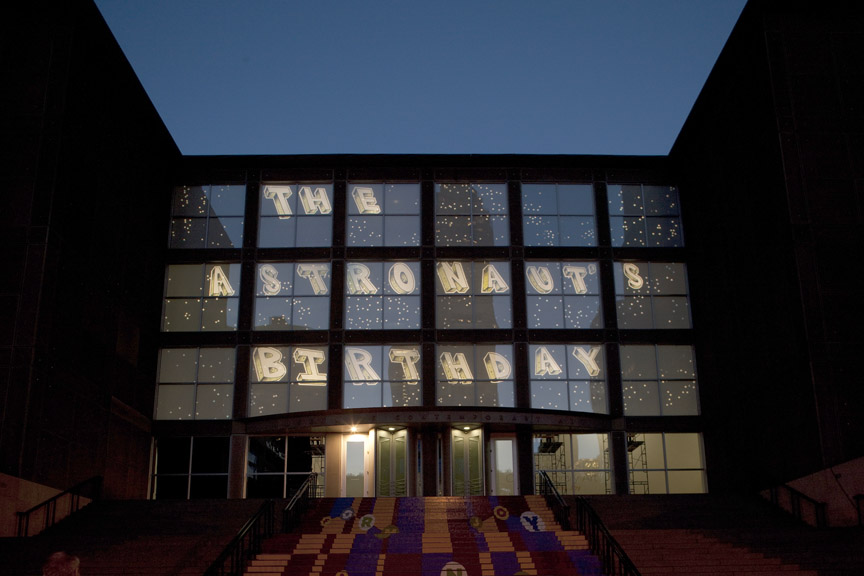On Sept. 11, it was possible to see two concerts of daring, challenging music in one evening in downtown Chicago — and I managed to attend both. (I did not take photos at either, however.) First up was the closing day of Sonar Chicago, with Australian-Icelandic musician Ben Frost playing at the Chicago Cultural Center. A short time after Frost finished, the International Contemporary Ensemble (or ICE) performed at the Museum of Contemporary Art.
 Sadly, I missed most of the Sonar festival, which seemed like a cool addition to Chicago’s September music lineup. Frost stood alone on the stage inside the Claudia Cassidy Theater, switching between his electric guitar and an array of electronics, including a laptop, as he made unsettling and droning noise. Frost created dissonant, almost overwhelming mountains of sound, including some looping repetitions that seemed to sample an animal’s growl and human breathing — familiar sounds that became strange and menacing in this new context. www.myspace.com/theghostofbenfrost
Sadly, I missed most of the Sonar festival, which seemed like a cool addition to Chicago’s September music lineup. Frost stood alone on the stage inside the Claudia Cassidy Theater, switching between his electric guitar and an array of electronics, including a laptop, as he made unsettling and droning noise. Frost created dissonant, almost overwhelming mountains of sound, including some looping repetitions that seemed to sample an animal’s growl and human breathing — familiar sounds that became strange and menacing in this new context. www.myspace.com/theghostofbenfrost
ICE called its concert “Roots and Return,” since it traced “the web of connections between recent works and the classic pieces that inspired them.” For instance, the first half of the concert featured Arnold Schoenberg’s Chamber Symphony No. 1 from 1906, while the second half featured the Chicago premiere of John Adams’ 2007 piece inspired by Schoenberg, Son of Chamber Symphony.
As always, it’s cool to see the flexibility of this ensemble. ICE is an interesting hybrid, sort of like a symphony with a big roster of musicians and sort of like a chamber group, such as a quartet. For each piece that ICE performs, the group pulls a shifting lineup of musicians from that big roster, putting together whatever musicians are required for each composition. An ICE performance might be just a piano solo — or it could be a symphony with a miniature orchestra.
 The first composition ICE performed Saturday is a perfect example of the sort of music it’s well-positioned to play: Pierre Boulez’s Memoriale (…explosante-fixe…originel), a 1985 piece for flute and eight instruments. Flutist Claire Chase is ICE’s offstage leader, and she often takes the lead onstage, too. She dominated the Boulez piece, but conductor Jayce Ogren kept the flute and strings in fragile, delicate balance.
The first composition ICE performed Saturday is a perfect example of the sort of music it’s well-positioned to play: Pierre Boulez’s Memoriale (…explosante-fixe…originel), a 1985 piece for flute and eight instruments. Flutist Claire Chase is ICE’s offstage leader, and she often takes the lead onstage, too. She dominated the Boulez piece, but conductor Jayce Ogren kept the flute and strings in fragile, delicate balance.
Composer Dai Fujikura was present at the concert, and ICE played two new pieces by him, including one that he wrote specifically for the ensemble — called, appropriately enough, ice. Although it was performed without any pauses, it felt like a suite, progressing from one movement and mood to another with some unexpected directions. The opening’s pizzicato strings were eerie, and the climax — or was it a denouement? — was a low, trembling duet between flute and percussion. After intermission, Fujikura answered questions from Chase in an onstage interview, saying that he’s never collaborated so closely with an ensemble on one of his compositions. ICE pianist Cory Smythe also performed Fujikura’s new composition, returning, a sequence of notes that wandered across the keys without much reference, following what seemed to be a strange logic.
The Schoenberg Chamber Symphony and its counterpart by John Adams were high points of the program — although it would take close study to reveal exactly what Adams pulled out of Schoenberg. The strings were nimble during the Schoenberg, with a strong presence of woodwinds, including oboe, bassoon and contrabassoon. The symphony ended with a dramatic punch. Adams’ piece had the cycling, intricate sequences typical of minimalist music. But surprisingly, some woozy, almost romantic melodies emerged at times on top of those music-box patterns.
iceorg.org / ICE podcast including interview with composer Dai Fujikura. / WQXR recording of ICE in concert, including Fujikura’s ICE.
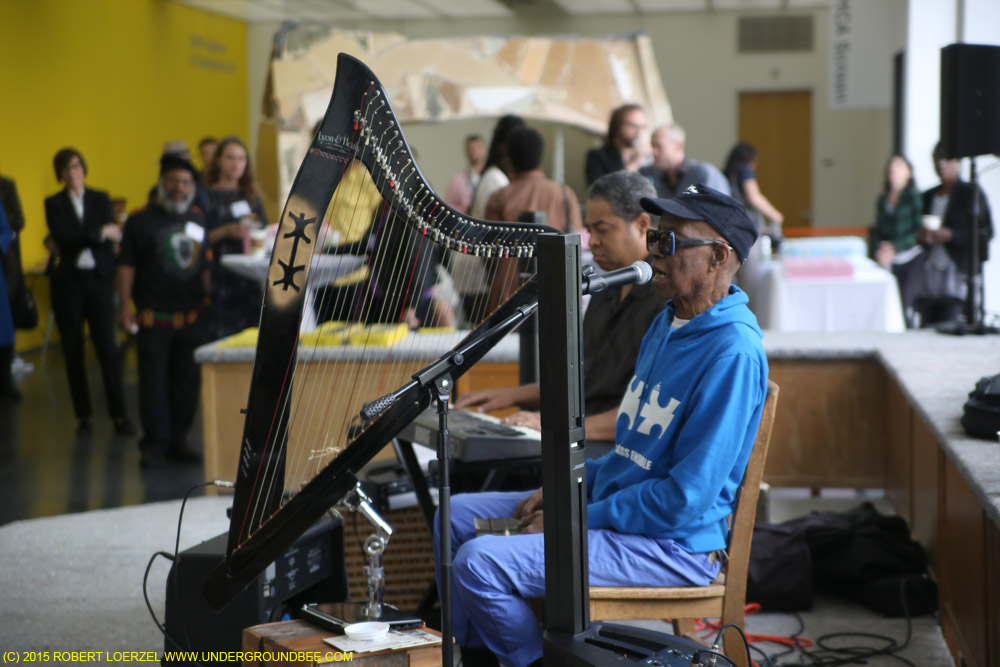

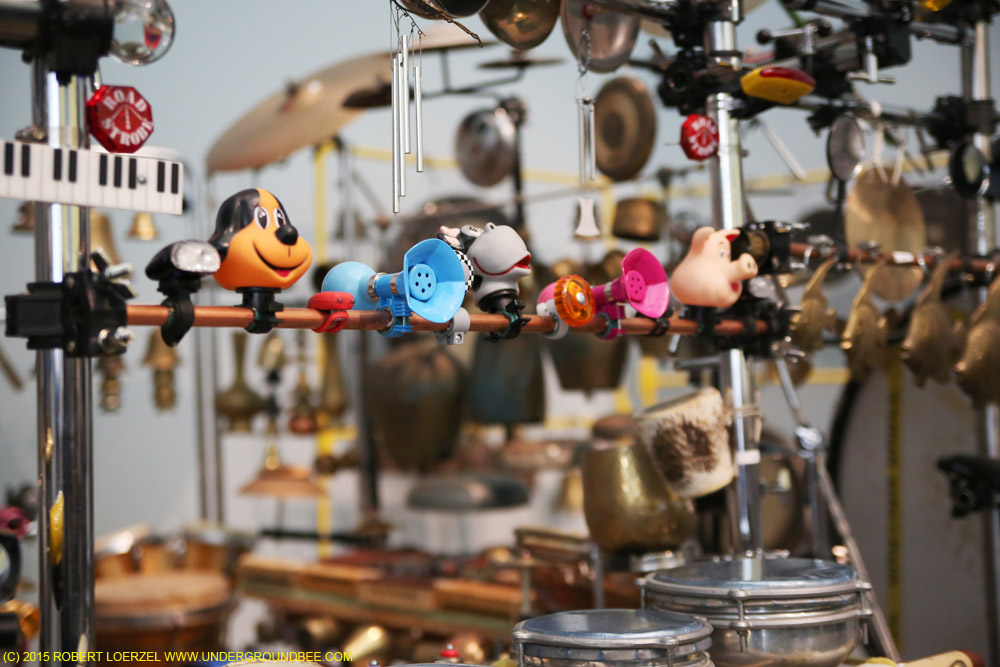

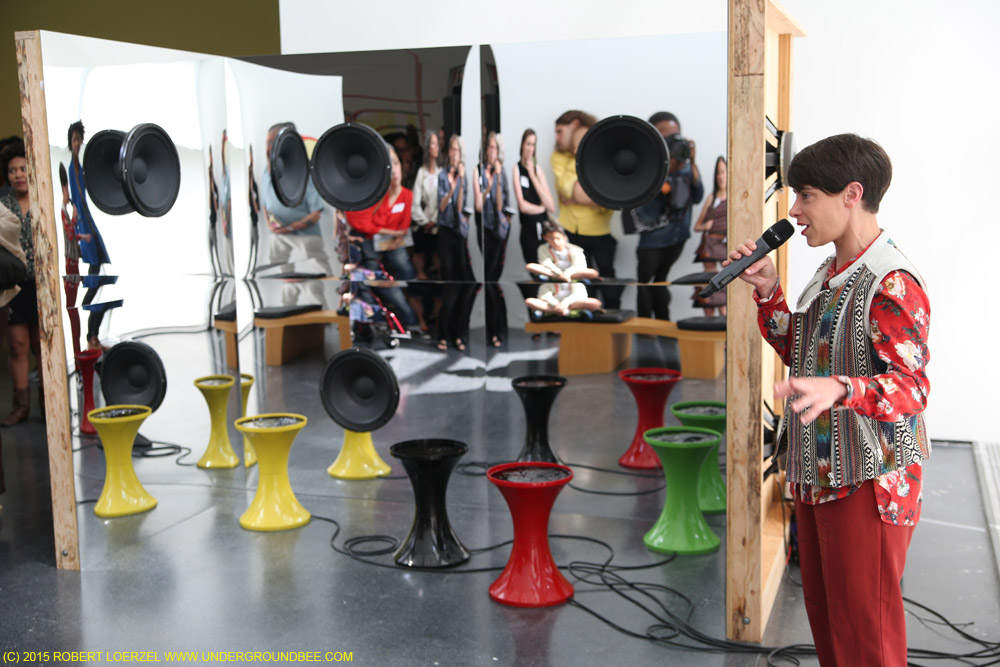
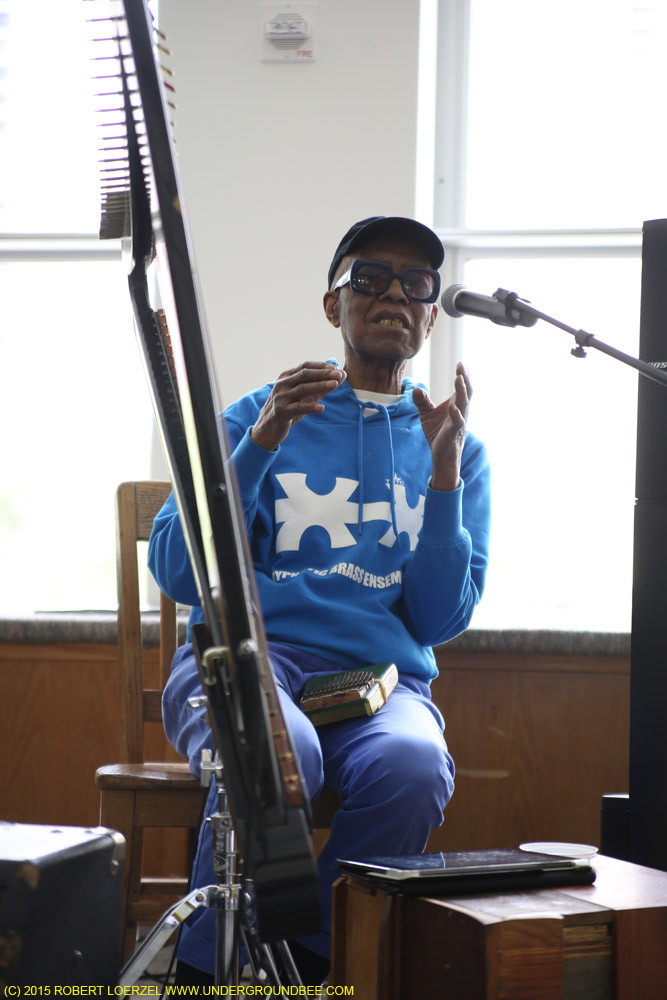

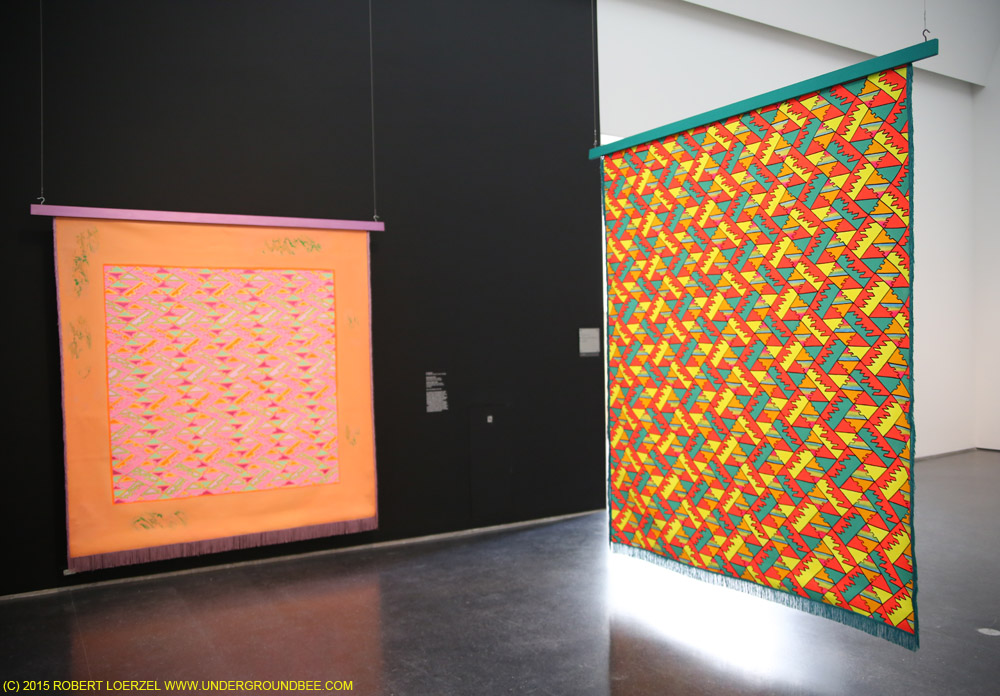




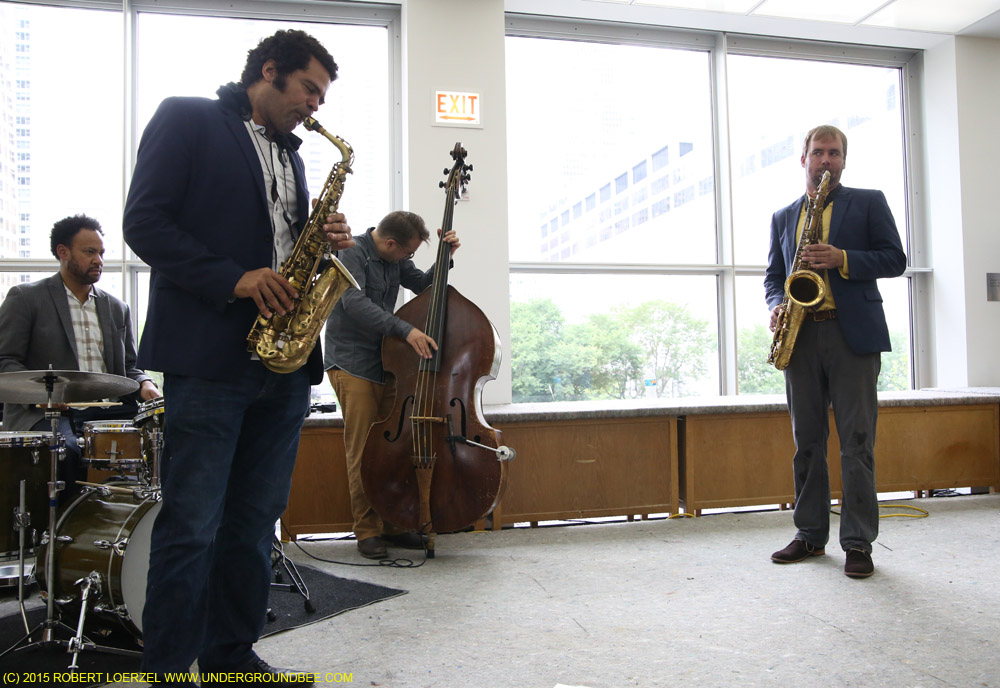
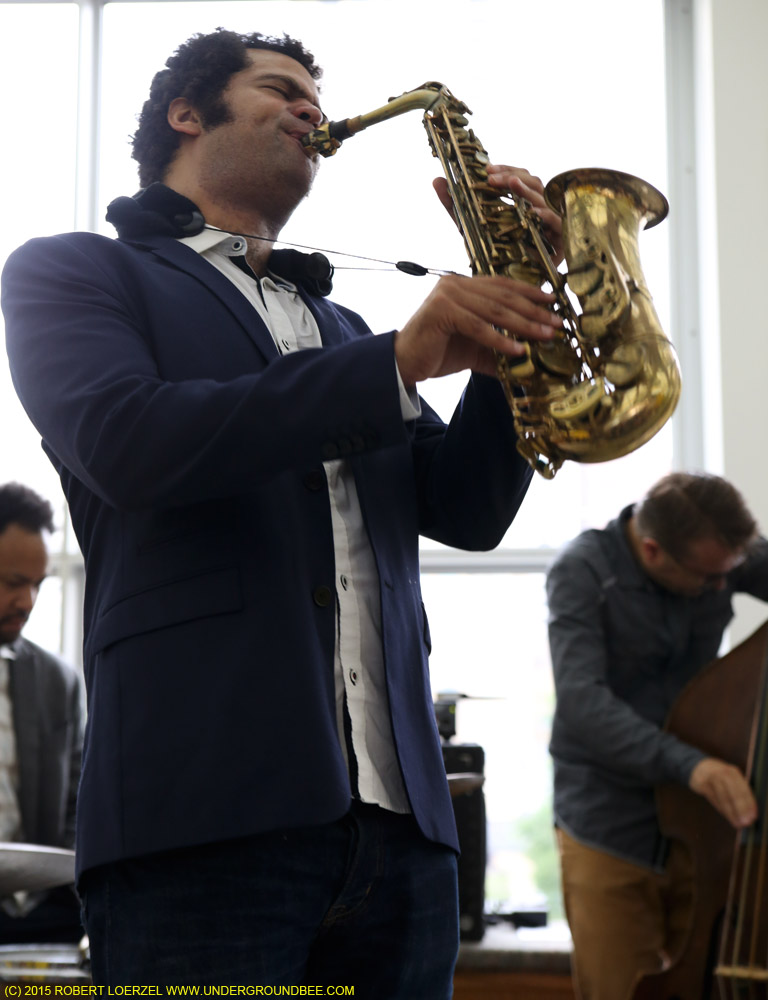
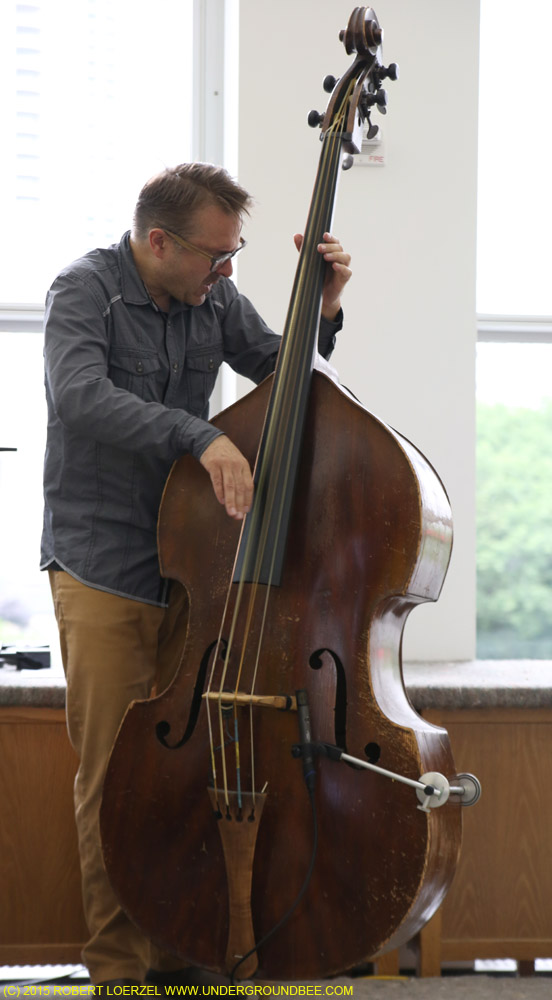
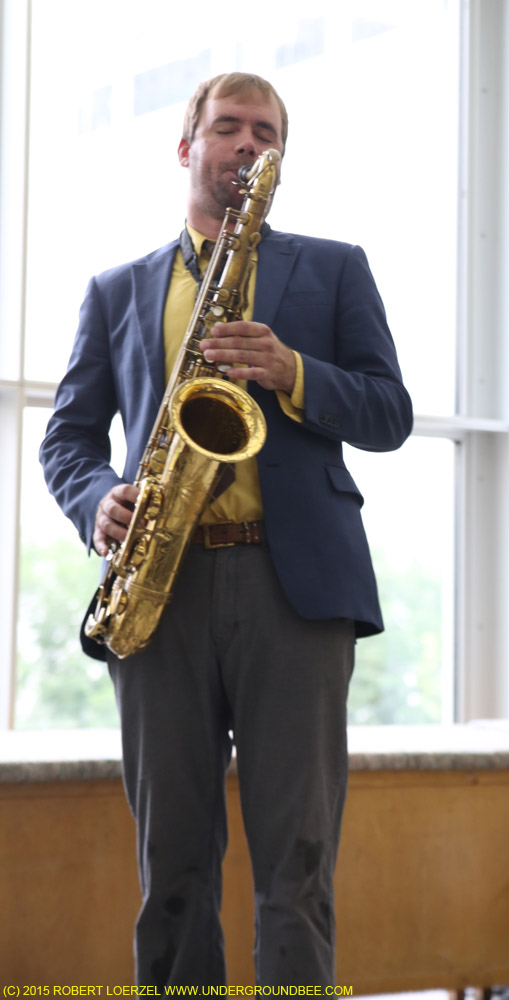


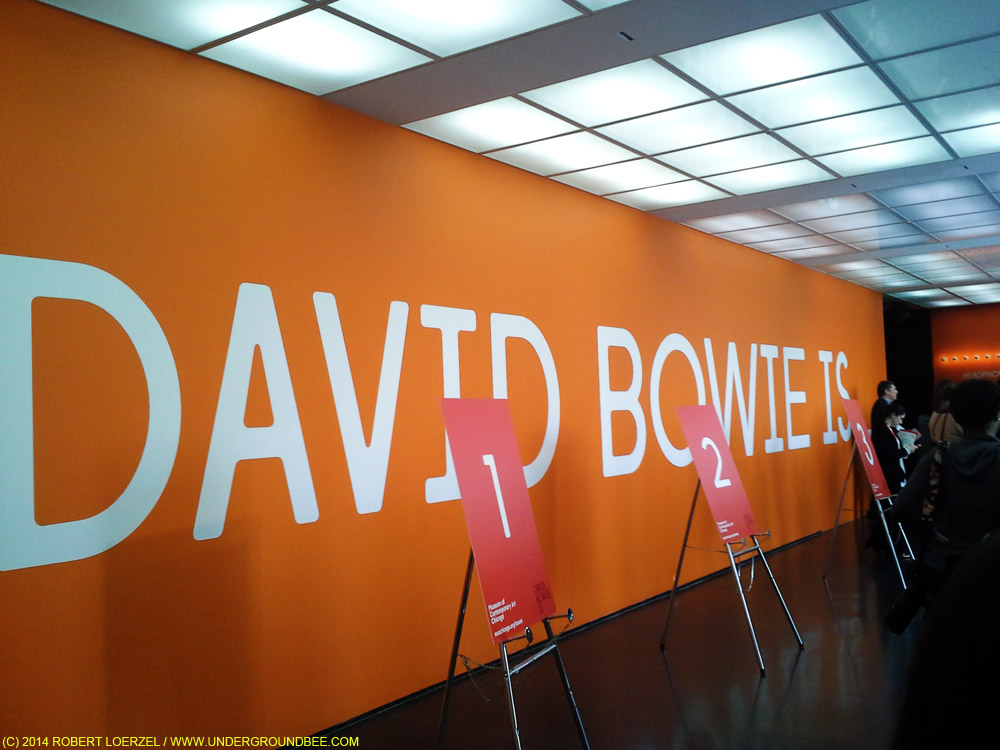


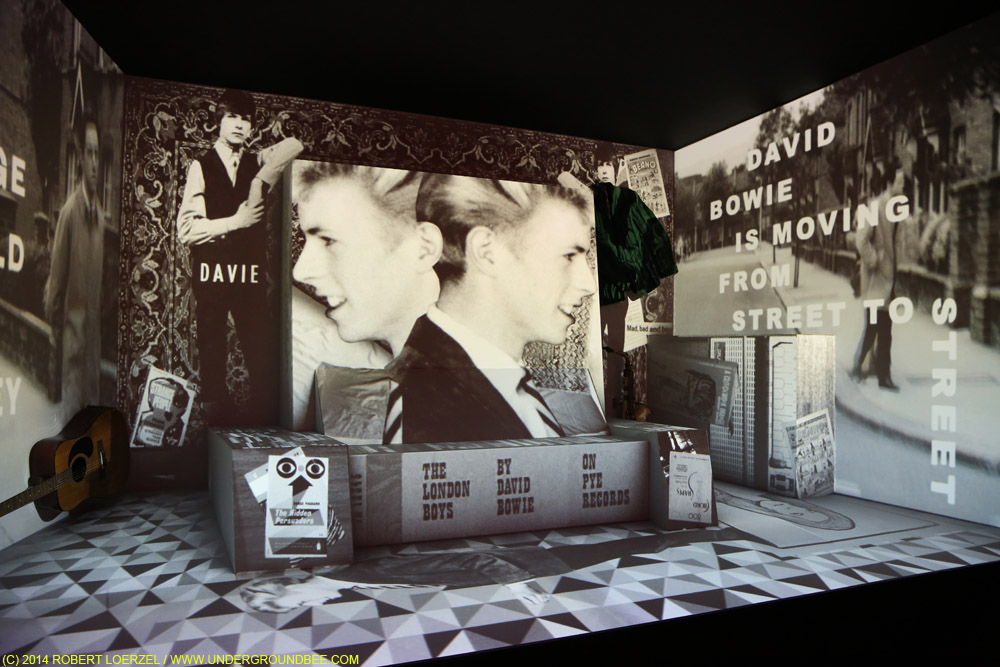



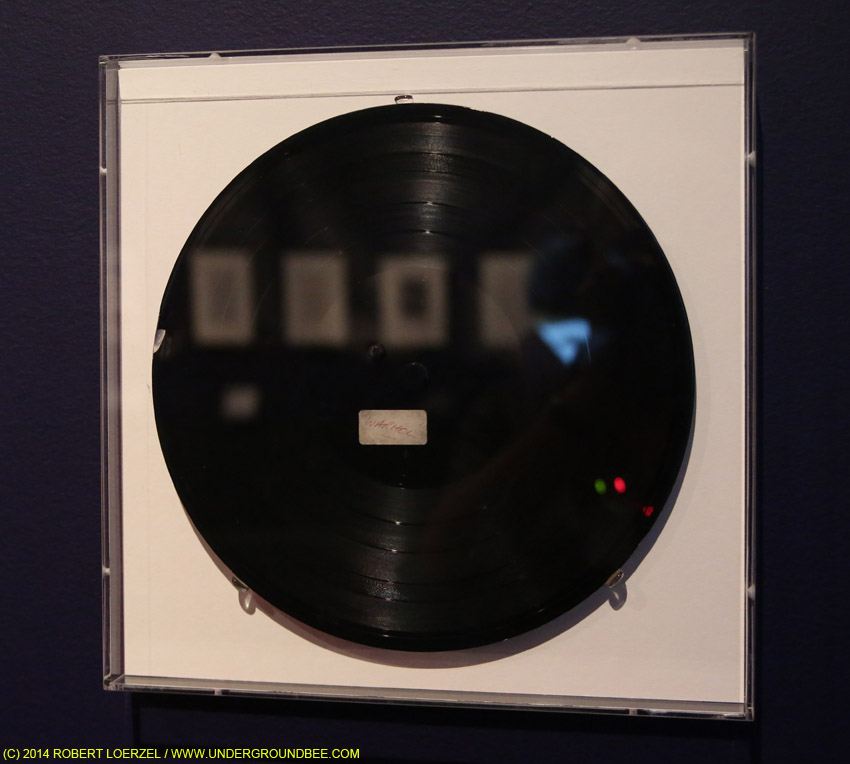



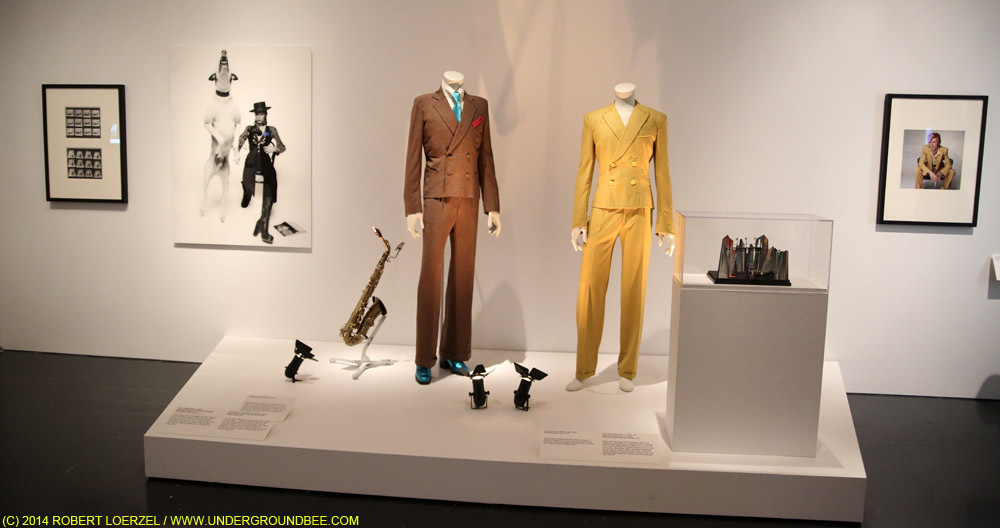
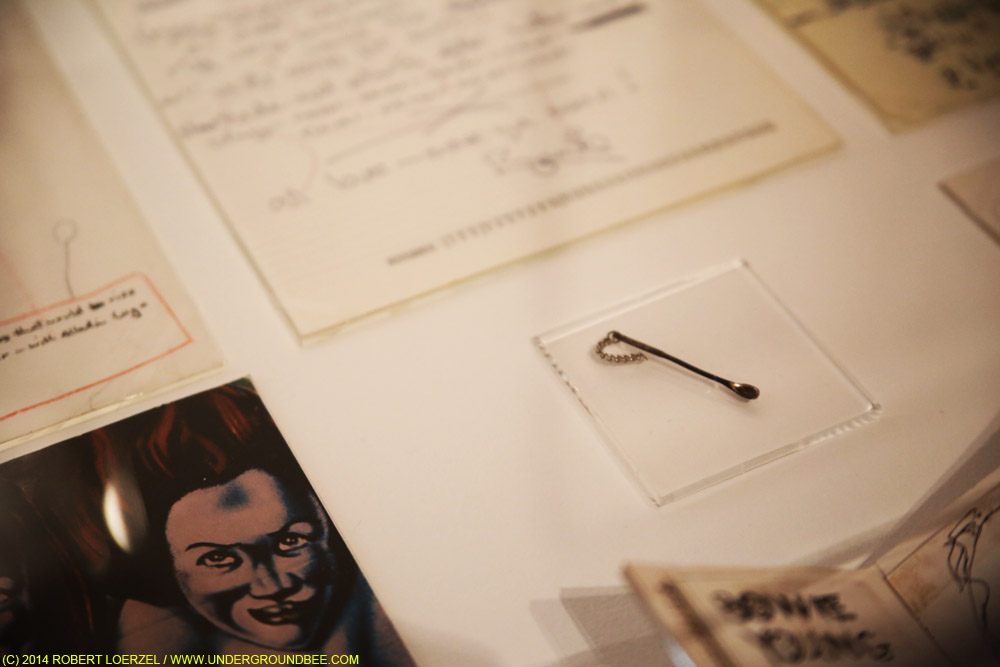



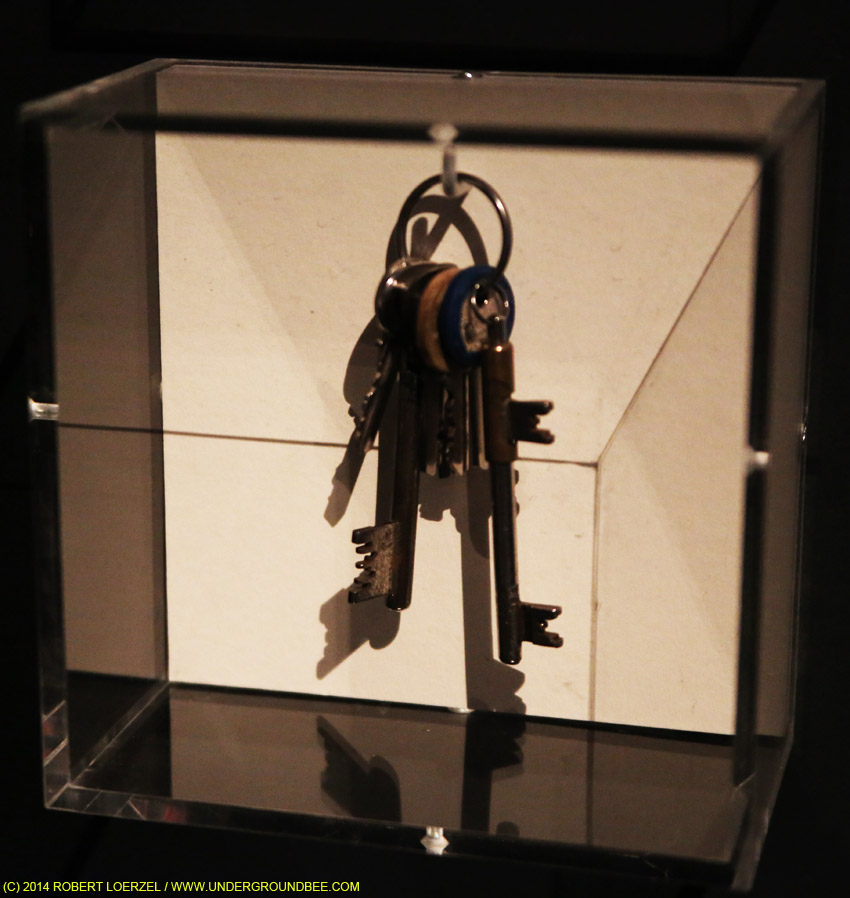
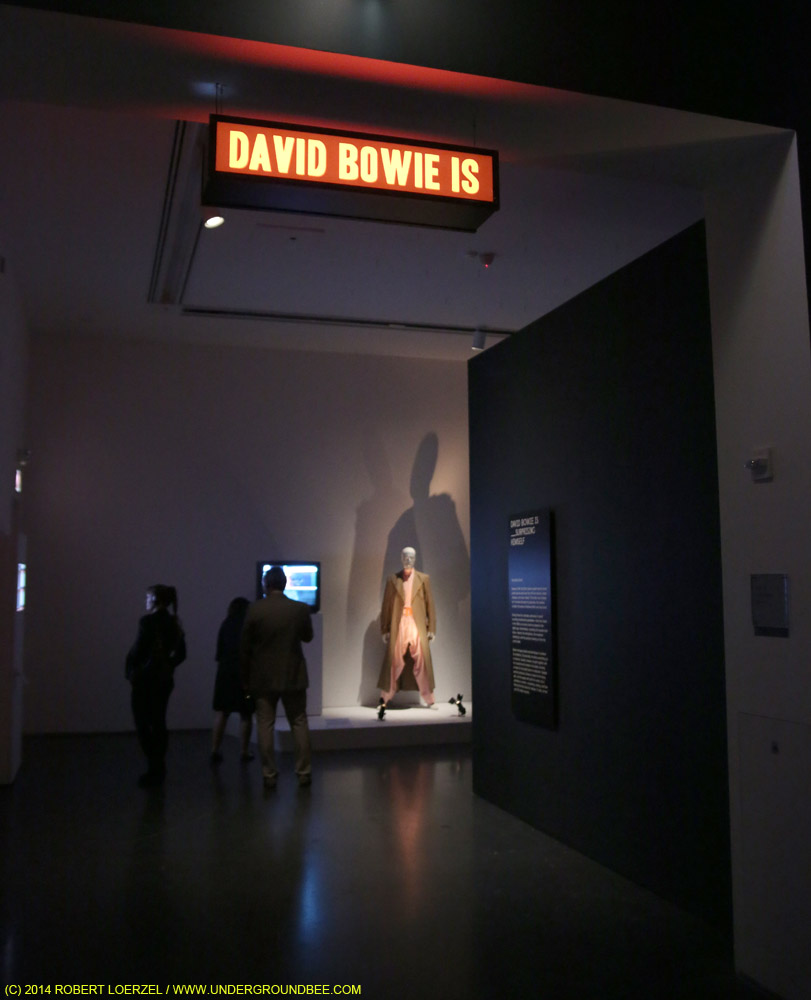



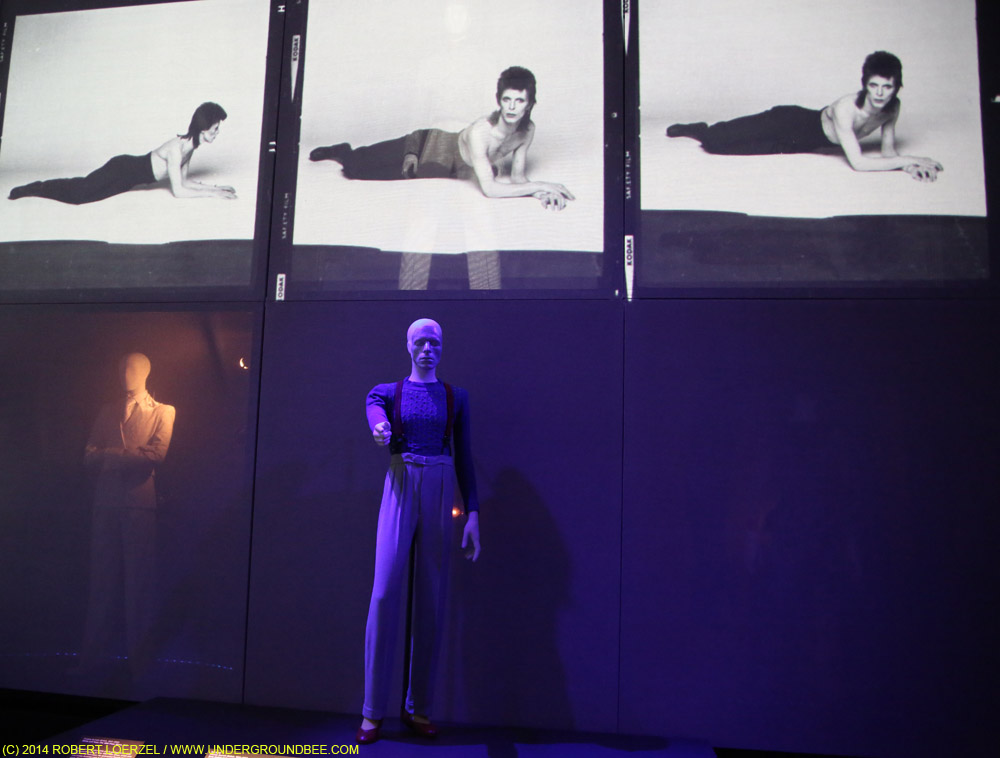
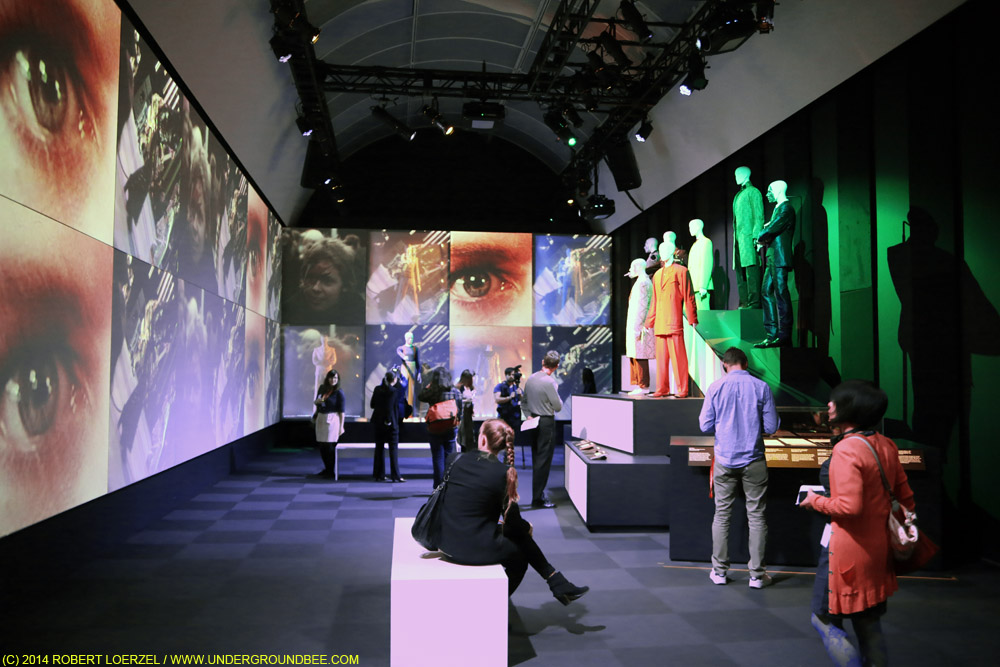
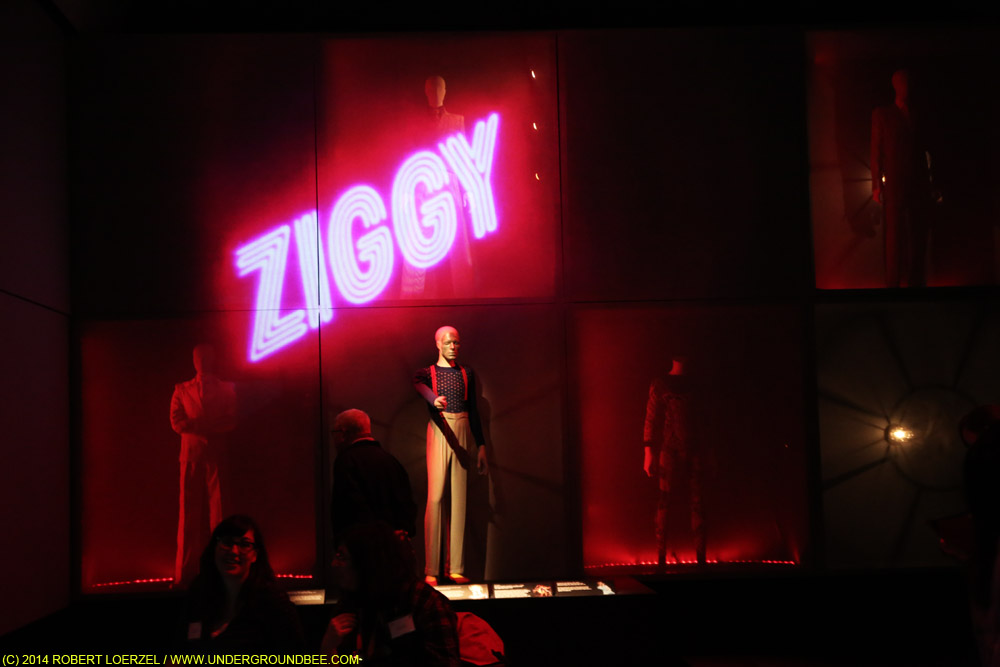


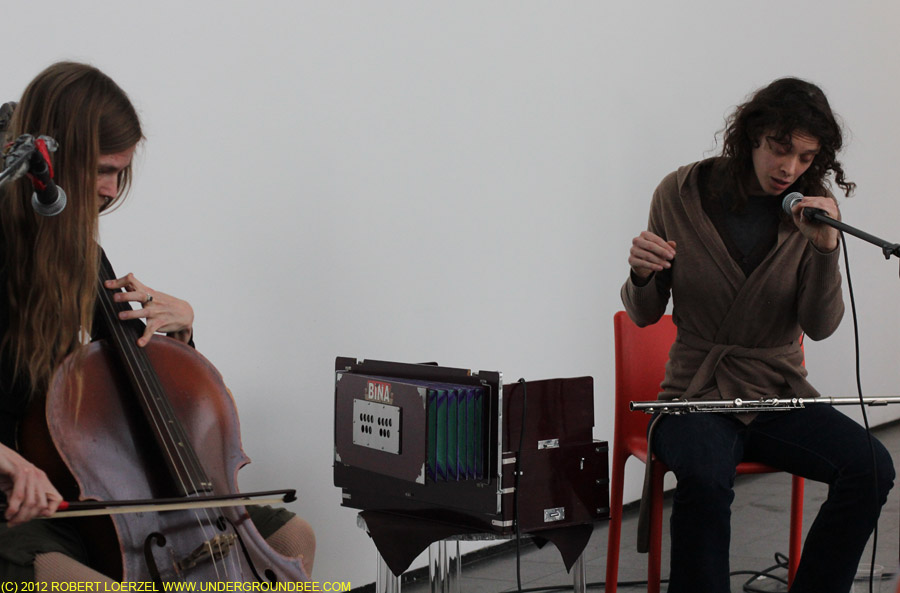
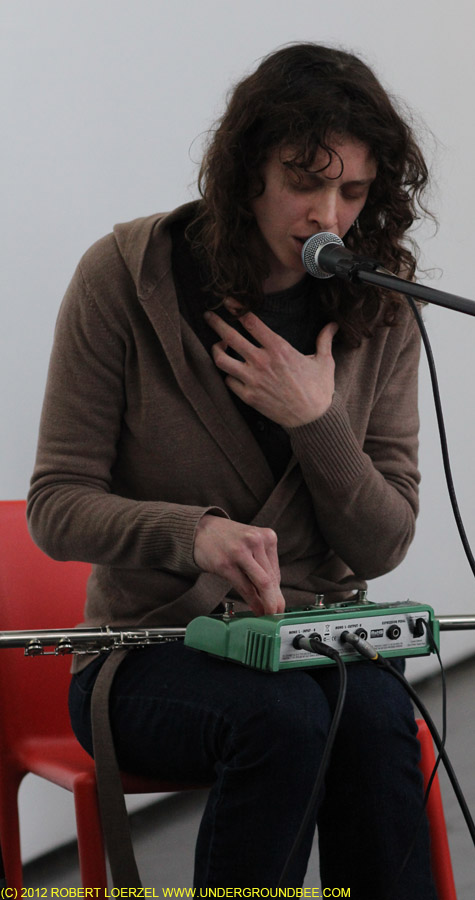
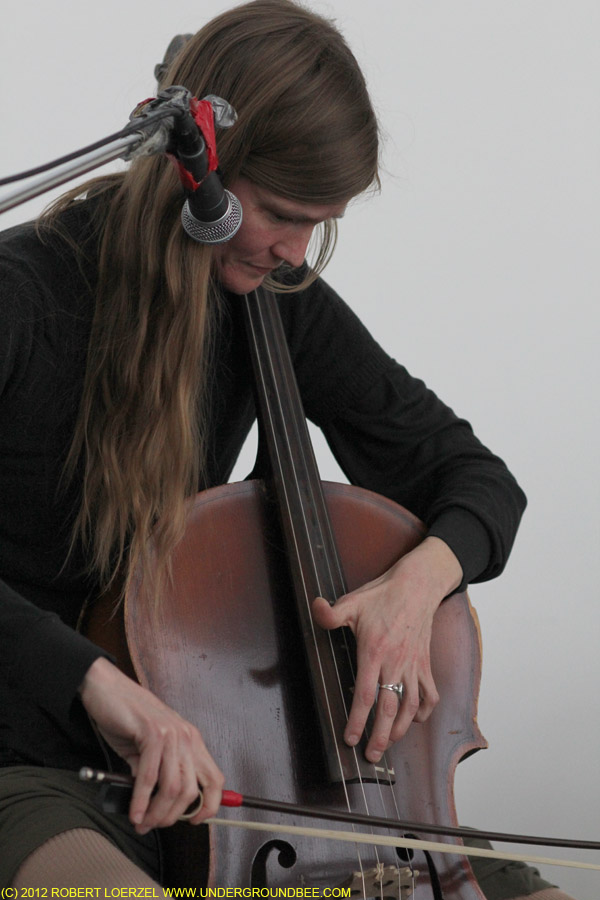





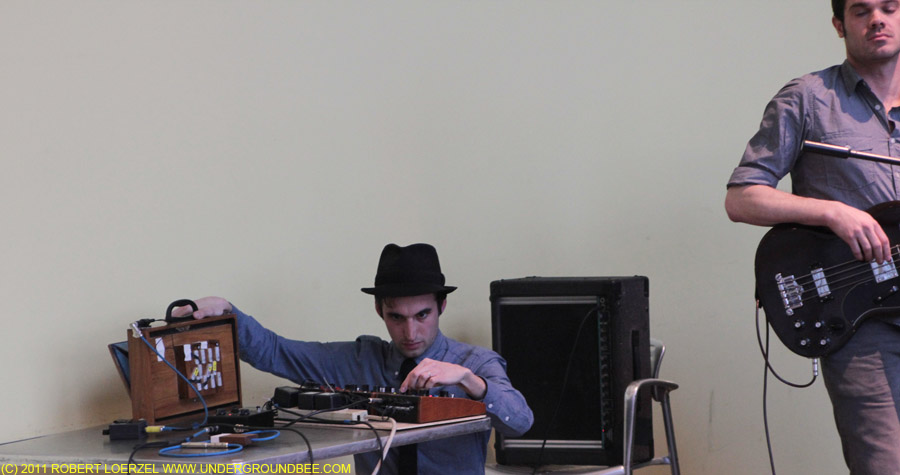
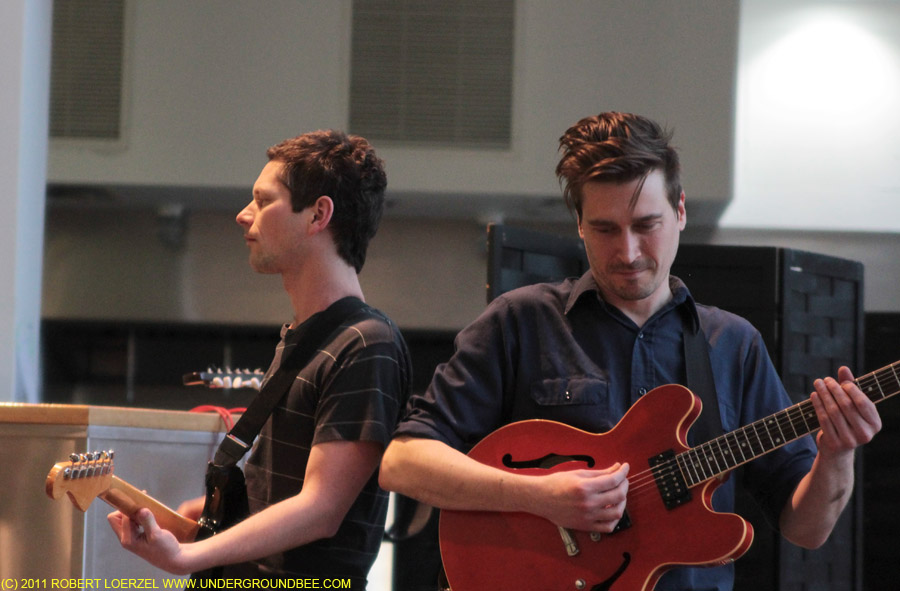


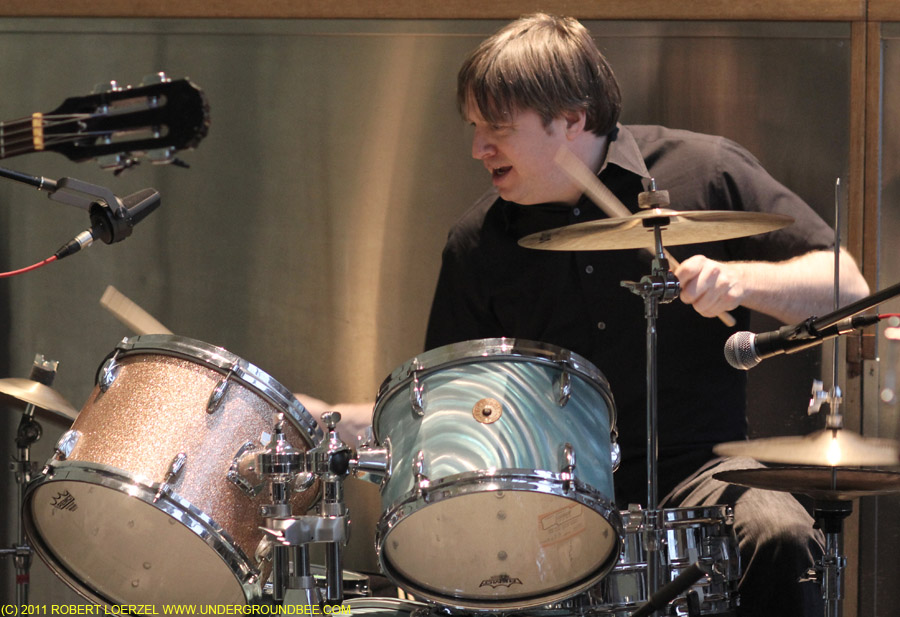
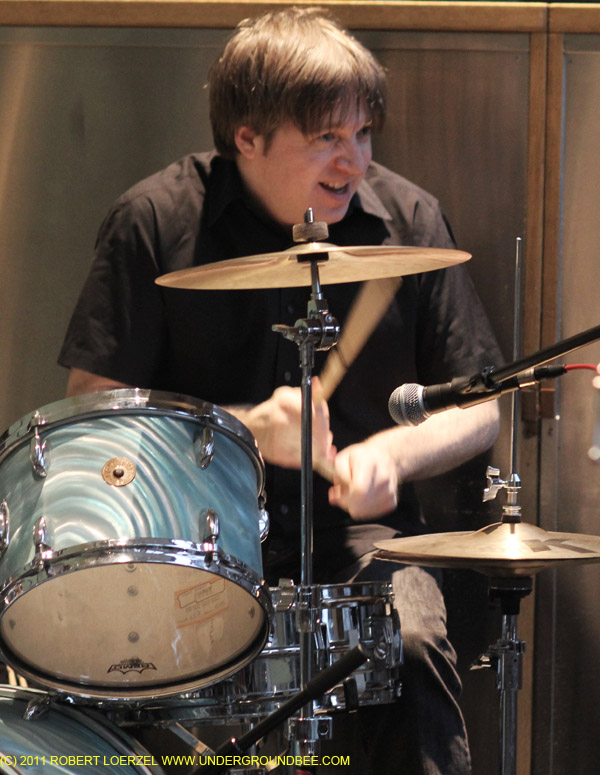
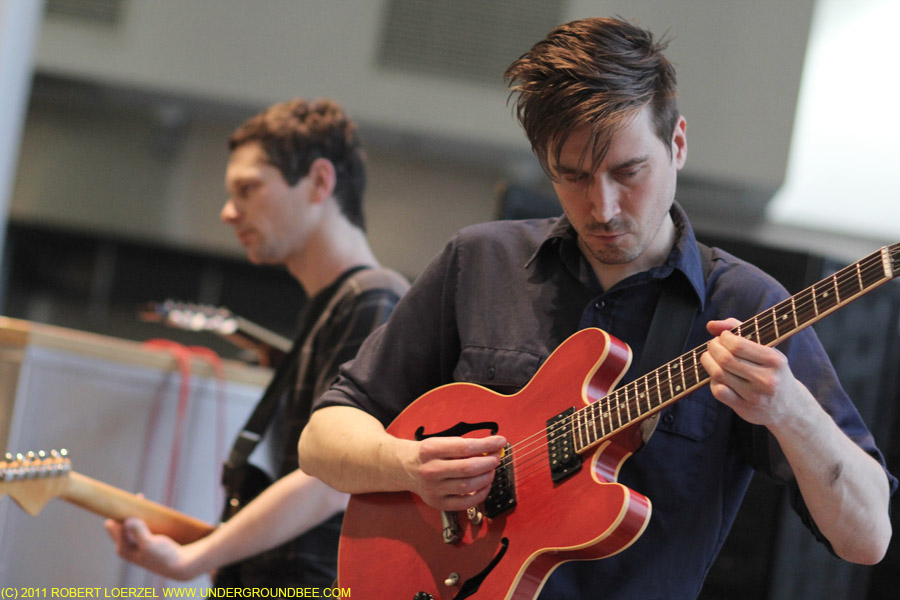
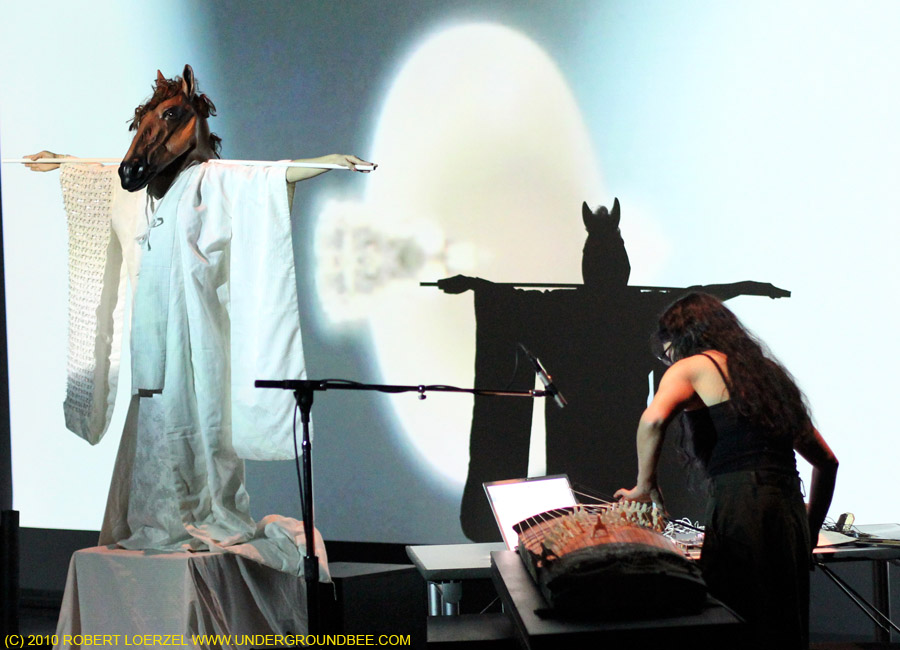
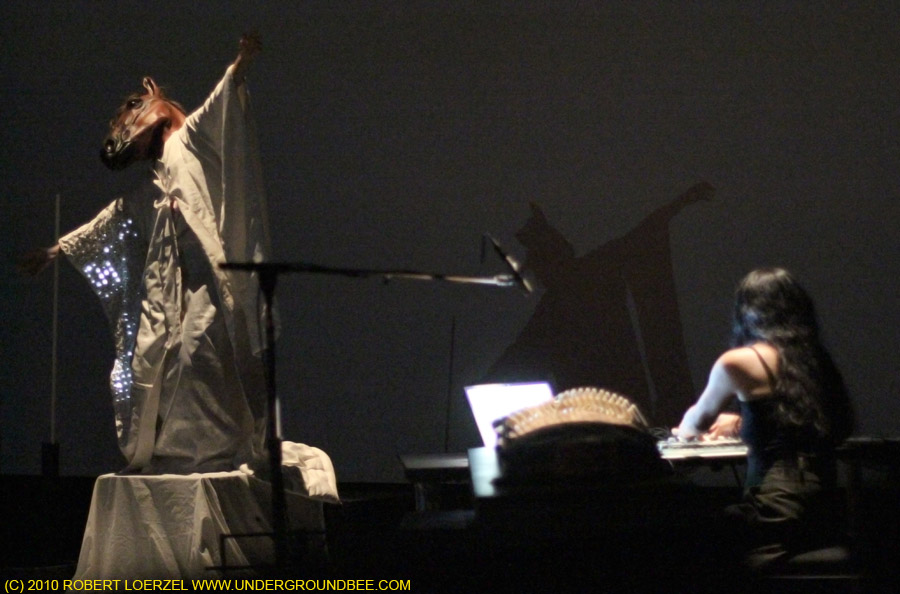
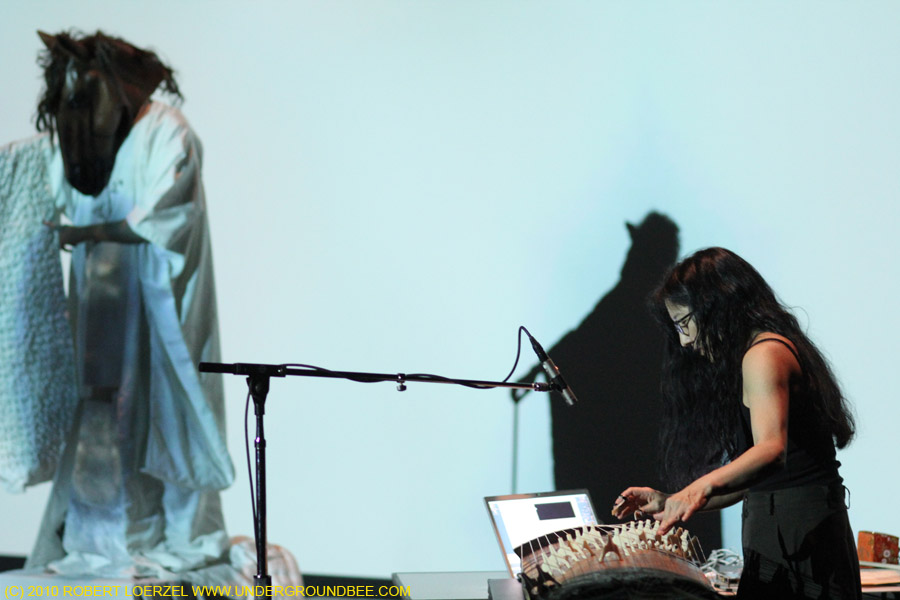
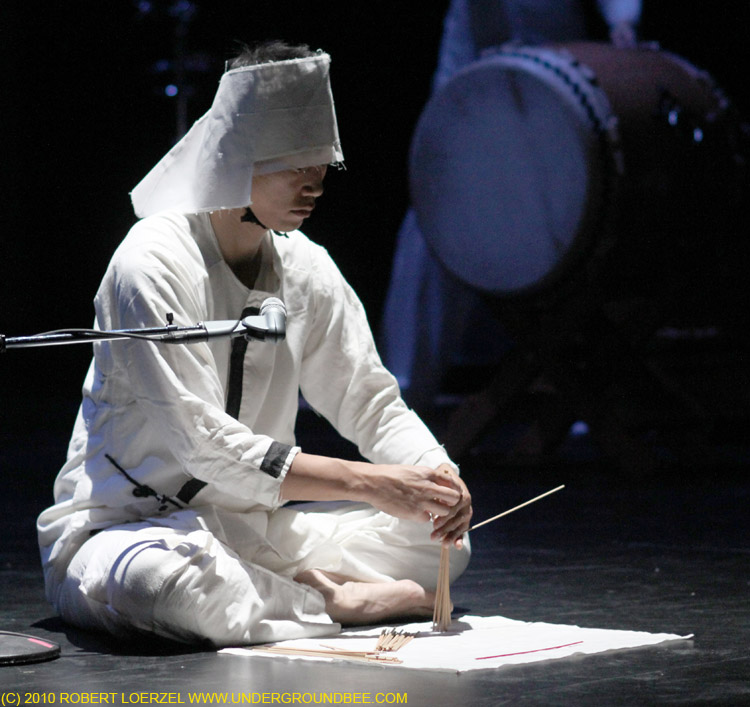
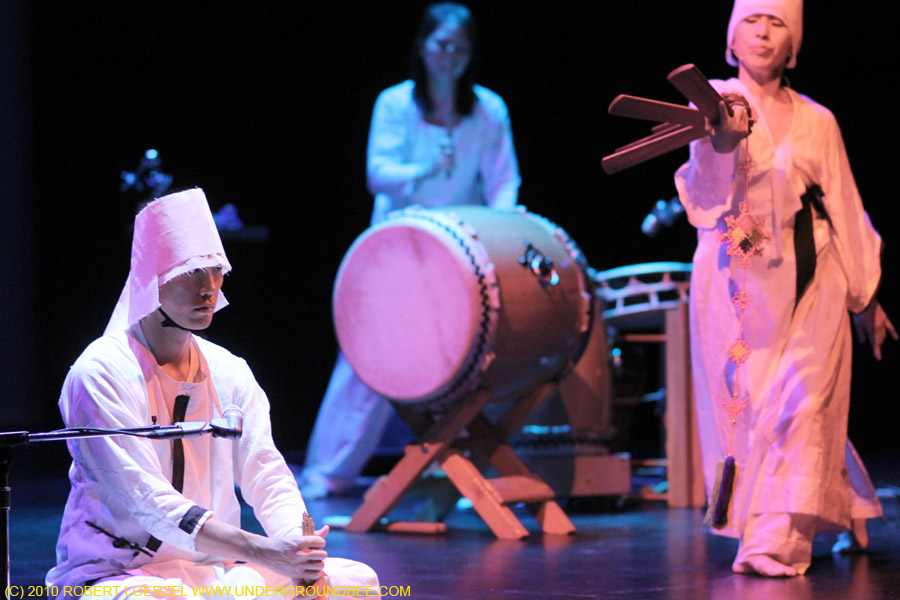
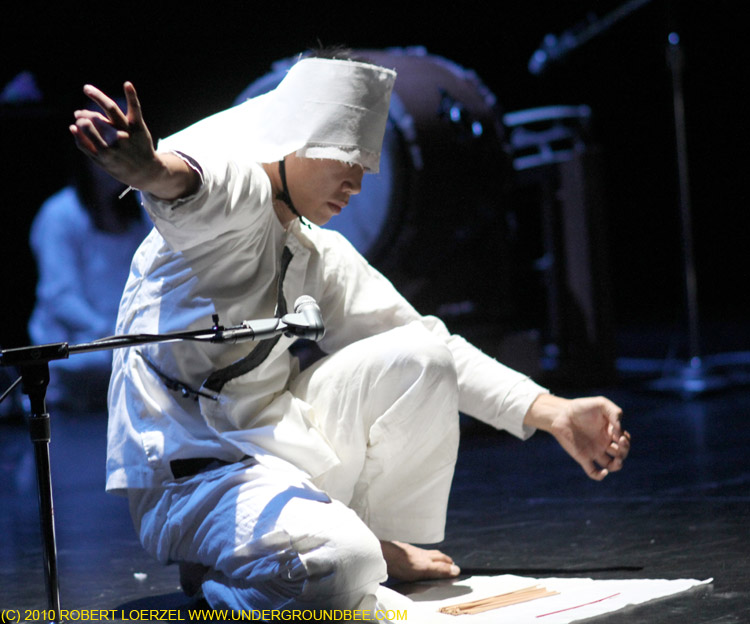
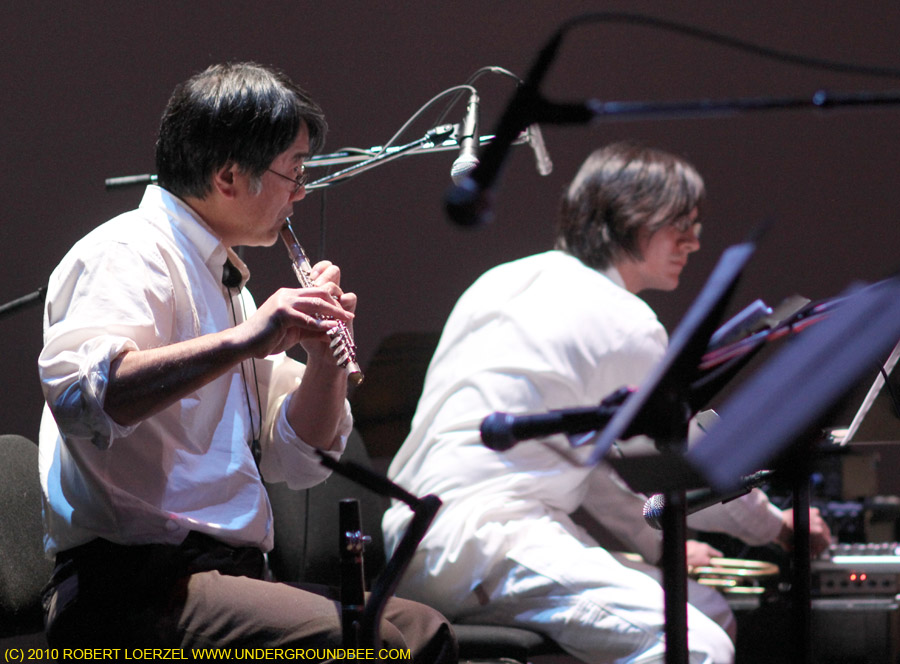

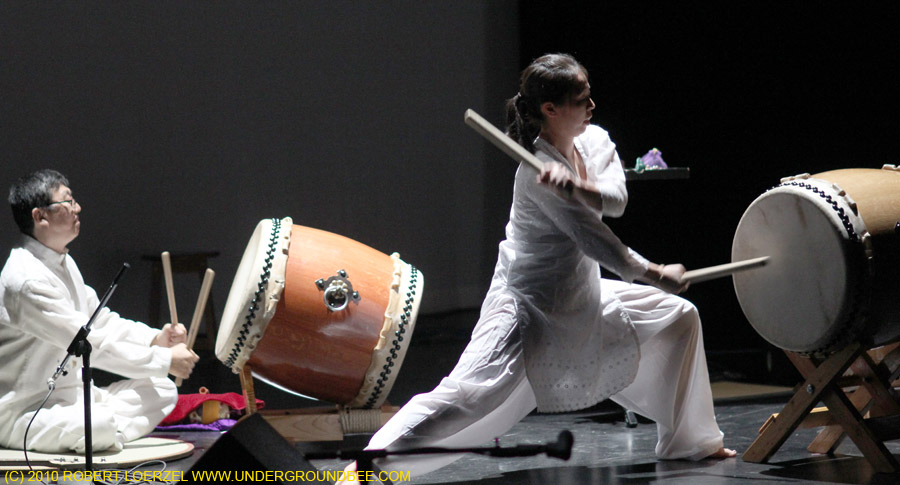



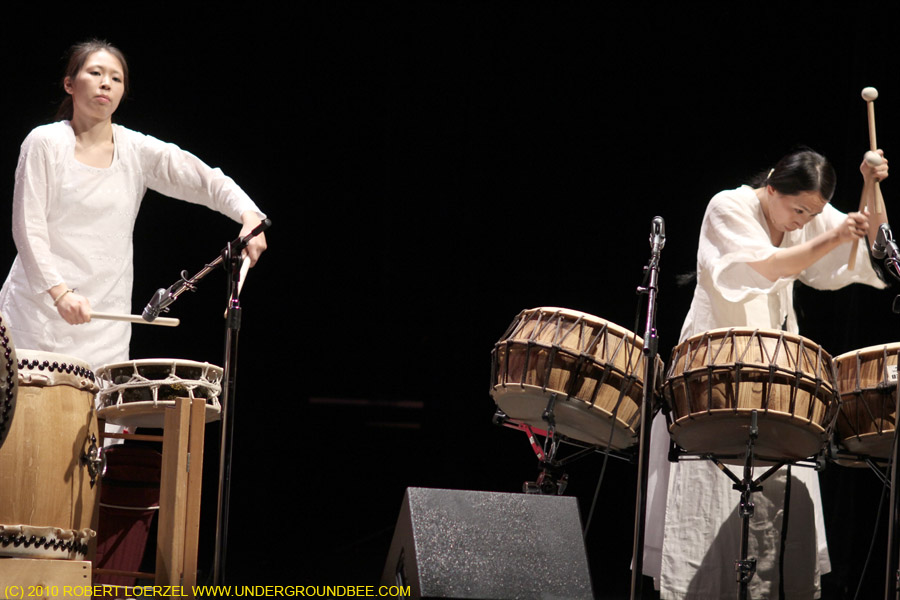

 Sadly, I missed most of the Sonar festival, which seemed like a cool addition to Chicago’s September music lineup. Frost stood alone on the stage inside the Claudia Cassidy Theater, switching between his electric guitar and an array of electronics, including a laptop, as he made unsettling and droning noise. Frost created dissonant, almost overwhelming mountains of sound, including some looping repetitions that seemed to sample an animal’s growl and human breathing — familiar sounds that became strange and menacing in this new context.
Sadly, I missed most of the Sonar festival, which seemed like a cool addition to Chicago’s September music lineup. Frost stood alone on the stage inside the Claudia Cassidy Theater, switching between his electric guitar and an array of electronics, including a laptop, as he made unsettling and droning noise. Frost created dissonant, almost overwhelming mountains of sound, including some looping repetitions that seemed to sample an animal’s growl and human breathing — familiar sounds that became strange and menacing in this new context.  The first composition ICE performed Saturday is a perfect example of the sort of music it’s well-positioned to play: Pierre Boulez’s Memoriale (…explosante-fixe…originel), a 1985 piece for flute and eight instruments. Flutist Claire Chase is ICE’s offstage leader, and she often takes the lead onstage, too. She dominated the Boulez piece, but conductor Jayce Ogren kept the flute and strings in fragile, delicate balance.
The first composition ICE performed Saturday is a perfect example of the sort of music it’s well-positioned to play: Pierre Boulez’s Memoriale (…explosante-fixe…originel), a 1985 piece for flute and eight instruments. Flutist Claire Chase is ICE’s offstage leader, and she often takes the lead onstage, too. She dominated the Boulez piece, but conductor Jayce Ogren kept the flute and strings in fragile, delicate balance.

